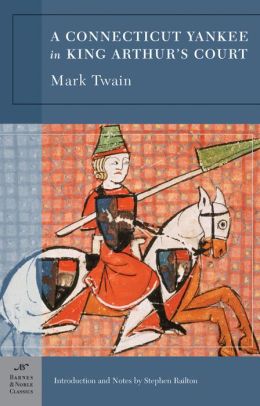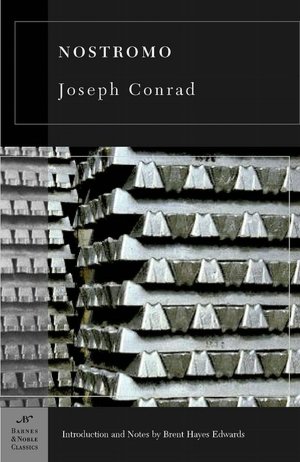By: H.G. Wells
Barnes & Noble occasionally combines several of a brilliant author’s shorter works in one publication. Such is the case this week as we examine two of H.G. Wells classics: The Time Machine and The Invisible Man. I will discuss each below in turn.
The Time Machine
Great Quotes:
“We are kept keen on the grindstone of pain and necessity.”
“We should strive to welcome change and challenges, because they are what help us grow. Without them we grow weak like the Eloi in comfort and security. We need to constantly be challenging ourselves in order to strengthen our character and increase our intelligence. ”
Analysis:
This book had me hooked from the beginning. I loved the abstract discussion in the opening pages about time—the 4th dimension. I particularly enjoyed the light mental exercises that Wells puts the reader through in the Time Traveler’s discussion of humans interaction with time. I also liked the vivid descriptions of the earth as the Time Traveler moved further into the future.
I felt like one of the great themes of this book was the need to be a complete person. The Time Traveler arrives at a time when humanity has evolved into two distinct species. The Eloi live on the surface. They live and appear childlike. In contrast, the Morlock’s live underground and are nocturnal. They are animal-like. They eat the Eloi and attempt to capture the Time Traveler. Wells hints that both the Eloi and Morlock culture has become stagnant. I think that Wells’ message is that in order to reach our potential we must continue to learn and grow. In the end, both the Morlock’s and the Eloi are seen as something between human and beast. The Eloi are too trivial to be extensively pitied; the Morlock’s too brutal to be admired. In other words, in order to be a complete person we must strive to balance our child and the beast inside of us. When we find that harmony we will be able to live a rich and rewarding life
Things to take note of:
1. I really became a huge fan of H.G. Wells. This book was an interesting story and inspired some deep thoughts.
2. Notice how intriguing and relevant this book still is. A mark of a classic is how well the story holds up under the strain of time. The Time Machine was originally published in 1895 and is still gripping. (This observation really goes for both books.)
The Invisible Man
Great Quotes:
“Alone—it is wonderful how little a man can do alone! To rob a little, to hurt a little, and there is the end.”
“I went over the heads of the things a man reckons desirable. No doubt invisibility made it possible to get them, but it made it impossible to enjoy them when they are got.”
Analysis:
The Invisible Man was an interesting book that dealt with many issues. Obviously The Invisible Man screams the question: “What would you do if no one would ever know that you did it?” The book also deals with the ability of power to corrupt and destroy.
This book’s main theme was a theoretical discussion of crime. Griffin begins his crime spree with small and, arguably, necessary crimes. We trace Griffin’s criminal acts as they escalate from trespass to murder. It is interesting to note that every one of Griffin’s criminal acts is motivated by selfishness. On the other hand, Kemp represents the antithesis of crime—justice. Kemp leads the attack on Griffin, but also attempts to protect Griffin from further harm once caught.
It is also interesting to observe that Griffin must convince others to assist him in order to succeed. Star Trek’s Mr. Spock perhaps said it best when he said, “Without followers, evil cannot spread.” Griffin approaches Kemp seeking a place to rest and gain strength. Griffin offers to let Kemp share the profits. Evil always attempts to purchase the legitimacy of justice. But Kemp recognizes that if we do not allow evil to rest, it can and will be destroyed.
Things to take note of:
1. I truly loved the ending and how Wells reincorporated Mr. Marvel into the story.
2. Griffin’s dead body is “naked and pitiful” and the townspeople cover him so they cannot see him. When evil is destroyed, it is almost always because goodness has “exposed” it.
3. Notice how the police direct and organize the effort to stop Griffin, but only when the community acts together is the evil destroyed.


